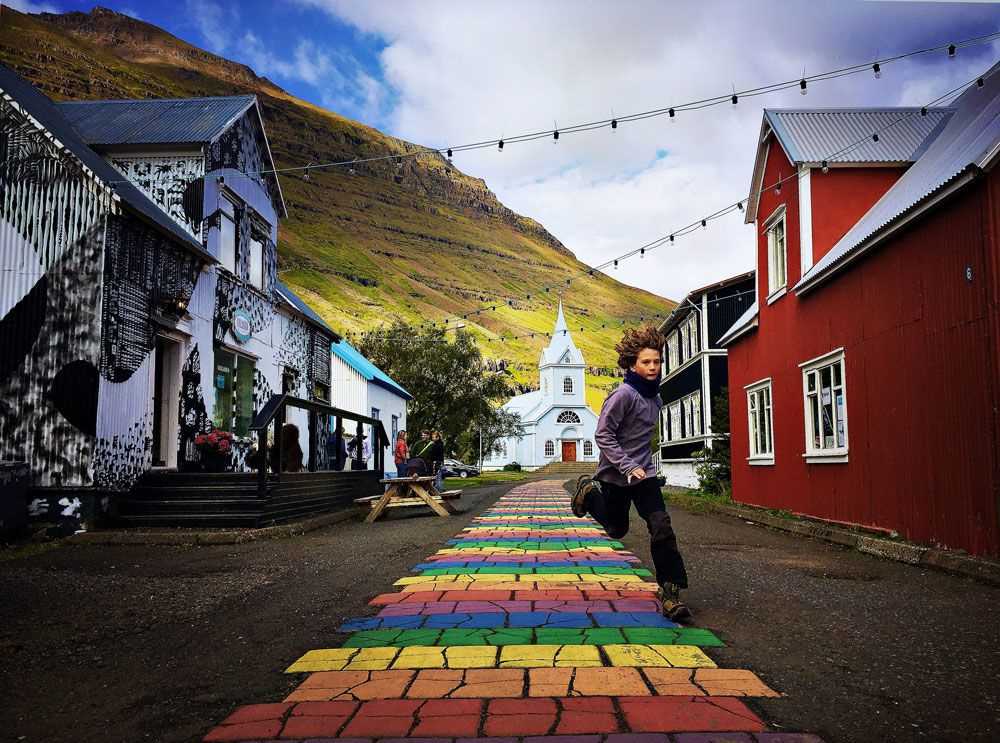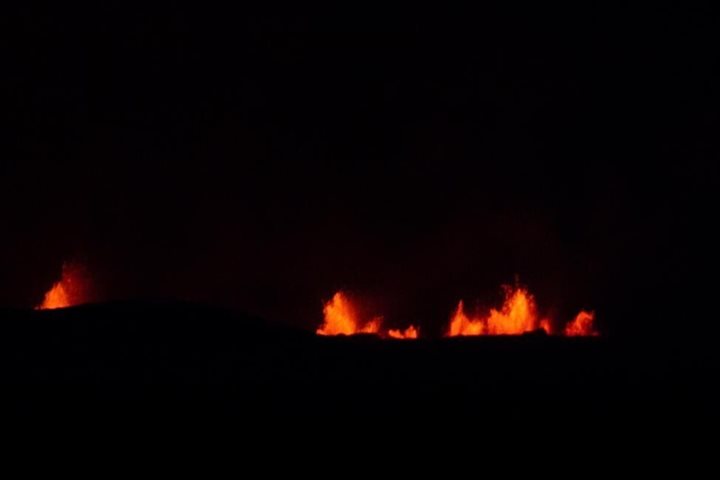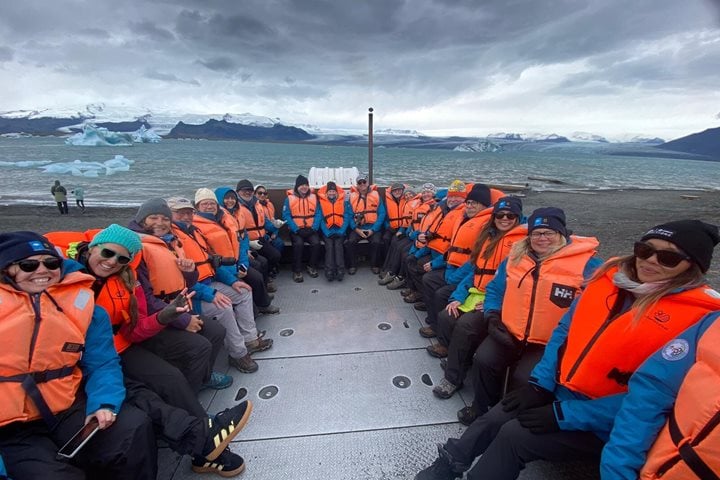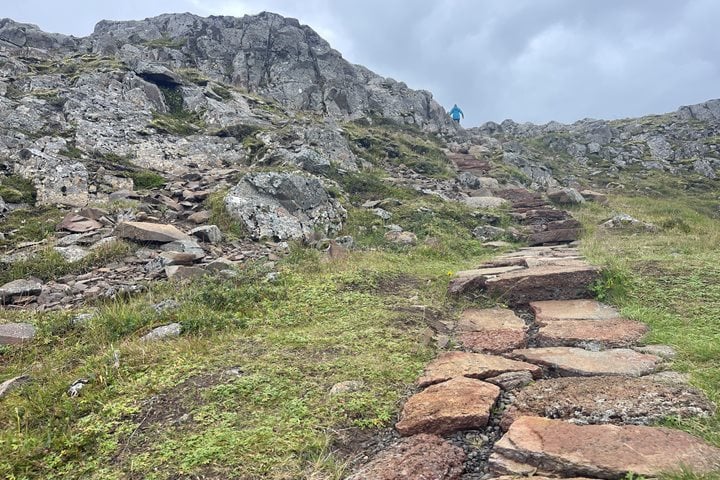As we sailed along the fjord into the small town of Seyðisfjörður, the majestic Mount Bjólfur towered to our north. The mountain is named after the area's first settler, and even though he arrived here over 1000 years ago, we know his name thanks to the Landnámabók, a medieval manuscript that documents in detail the Norse settlement of Iceland, which began in the late 800s.
Luckily, we had learned about the Landnámabók that very morning, thanks to our resident historian and archeologist Ailsa Mainman, who started our day with an informative presentation about early Viking exploration and settlement in the region.
Given its location on the eastern coast of Iceland, not to mention its deep natural harbor and sheltered setting, it makes sense that Norse settlers traveling from Norway via the Faroe Islands arrived here early on. This is also the location where the first telegraph cable linking Iceland to Europe was laid in 1906. Today, Seyðisfjörður is the only port in Iceland with a ferry connecting Iceland to Europe; one can drive their car straight onto the MS Norröna and travel to the Faroe Islands and on to continental Denmark.
According to the town's official website, this community of less than 700 people is "Quirky, Charming, Fun, Funky, Lively, Lovely, Different, Friendly, Creative, Historic, Peaceful, Artistic, Beautiful, Open Minded, Active, Bohemian, Natural, Special." While we only had an afternoon and evening to enjoy its charms, it did seem to be a town worth bragging about.
If anything, the copywriter neglected to include the adjective "colorful", which to my mind best describes its character. Seyðisfjörður is home to an impressive selection of old buildings, lovingly restored and painted in bright shades of red, yellow…even purple. The lovely church, which was built in 1920, is an appealing shade of robin's egg blue. And the main shopping street, aptly named Rainbow Road, was painted a few years ago to celebrate Gay Pride. The multicolored strip of street is now a permanent feature that has become a defining symbol of the town.
That colorful quality extends to its people. The late Ásgeir Jón Emilsson (1931-1999), or Geiri as he was called, was a fisherman and folk artist revered here for his creative spirit and quirky personality. He painted his home with images of fishing boats and scantily clad ladies, presumably his two main passions. A retreat for artists, writers, and other creative people, Seyðisfjörður has a number of galleries, bookshops, and tasteful boutiques filled with unusual and stylish items.
It's hard to fathom how this could be the setting for Iceland's most popular murder mystery television series, Trapped (Ófærð). What is no mystery, however, is why so many Icelanders consider Seyðisfjörður to be the most charming village in the Eastern fjords.







